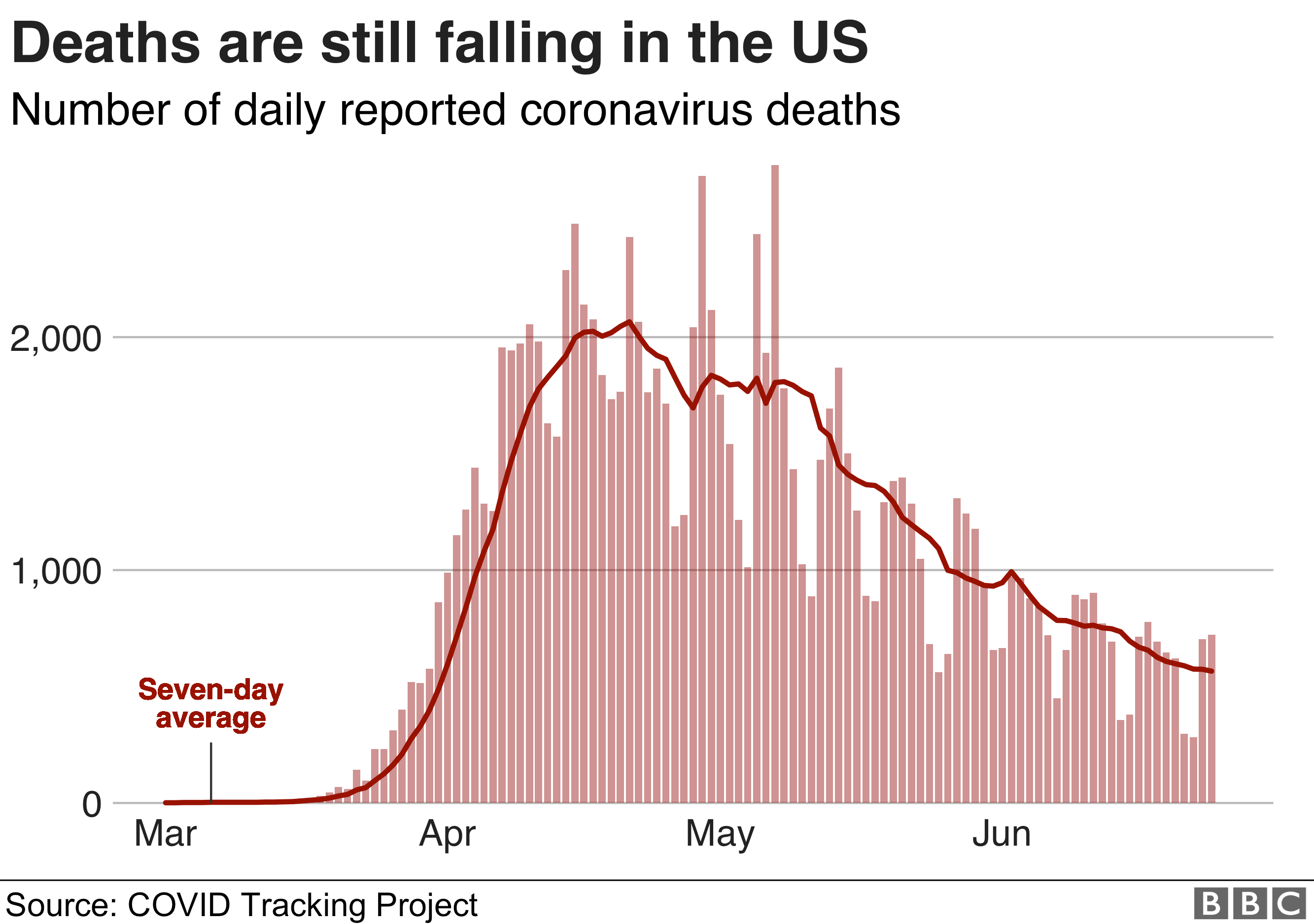

"Any system that leverages digital technologies must make every effort to ensure equitable access.Over the course of the pandemic, COVID-19 has frequently ranked among the top 3 leading causes of death in the U.S. "Future work could validate the inferred transmissions from a participatory network with onsite visits or other contract-tracing outreach for additional data collection and laboratory confirmation," they wrote. The authors concluded that children had an important role in the spread of SARS-CoV-2 and that in-person school also resulted in substantial spread. "Also, when the COVID-19 incidence is low, overall use of nonpharmaceutical interventions might decrease, leading to increased incidence of non–SARS-CoV-2 pathogens which may be more common in children." "When the incidence of COVID-19 increases, adults in the community are at higher risk of infection this may increase the likelihood that adults become the index case in a household transmission and explain the negative correlation we observed," they wrote. Once US schools reopened in fall 2020, children contributed more to inferred within-household transmission when they were in school, and less during summer and winter breaks. The researchers said the finding that pediatric COVID-19 transmission was negatively correlated with new community cases during most of the pandemic is consistent with that of a previous study. "Once US schools reopened in fall 2020, children contributed more to inferred within-household transmission when they were in school, and less during summer and winter breaks, a pattern consistent for 2 consecutive school years." "More than 70% of transmissions in households with adults and children were from a pediatric index case, but this percentage fluctuated weekly," the study authors wrote.

In-person school contributed to transmission During most of the pandemic, the proportion of transmission from children was negatively correlated with new community COVID-19 cases. By March 6, the proportion rose to 83.8%, fell to 62.8% the week ending July 24 (0.75 times less frequent), and then climbed to 84.6% the week of October 9.Ĭhildren aged 8 years and younger were more likely to be the source of transmission than those aged 9 to 17 (7.6% vs 5.8%). The percentage of household transmissions beginning with a child then rose to 78.4% by September 19, hovering there until November 14 (80.3%) and then dropping to 54.5% the week of Janu(0.68 times less frequent). The next high was 82.0% the week of May 23, 2021, which stayed stable until June 27 (81.4%) and then declined to 62.5% by August 8 (0.77 times less frequent). Pediatric transmissions reached a high of 68.4% the week of September 27, 2020, and fell to a low of 41.7% the week of Decem(0.61 times less frequent). Of all households transmissions, 70.4% began with a child, with the proportion fluctuating weekly between 36.9% and 87.5%.
#Covid deaths in us kids serial#
The median serial interval between the index and secondary cases was 2 days. In these households, 38,787 transmissions occurred, 40.8% of which were child to child, 29.6% child to adult, 20.3% adult to child, and 9.3% adult to adult. Of these cases, 15.4% were considered household transmissions, the percentage of which rose from 10.1% in March to July 2021 to 17.5% in the Omicron BA.1/BA.2 variant wave.Īmong 166,170 households with both adult and child participants (51.9% of households with multiple participants), there were 516,159 participants, 51.4% of whom were children. The number of fever episodes predicted new COVID-19 cases, which the researchers said lends validity to using fever as a proxy for infection.

Younger kids more likely to spread virusĪ total of 15.8% of readings met the criteria for fever, making up 779,092 fever episodes.

Most children were 8 years or younger (58.0%), and more females than males participated in each age group. Most households (62.3%) reported temperatures from only one person, while 37.7% included multiple participants taking 51.6% of all readings. A study published yesterday in JAMA Network Open suggests that 70.4% of nearly 850,000 US household COVID-19 transmissions originated with a child.Ī team led by Boston Children's Hospital researchers gave smartphone-connected thermometers to 848,591 households with 1,391,095 members, who took 23,153,925 temperature readings from October 2019 to October 2022.


 0 kommentar(er)
0 kommentar(er)
